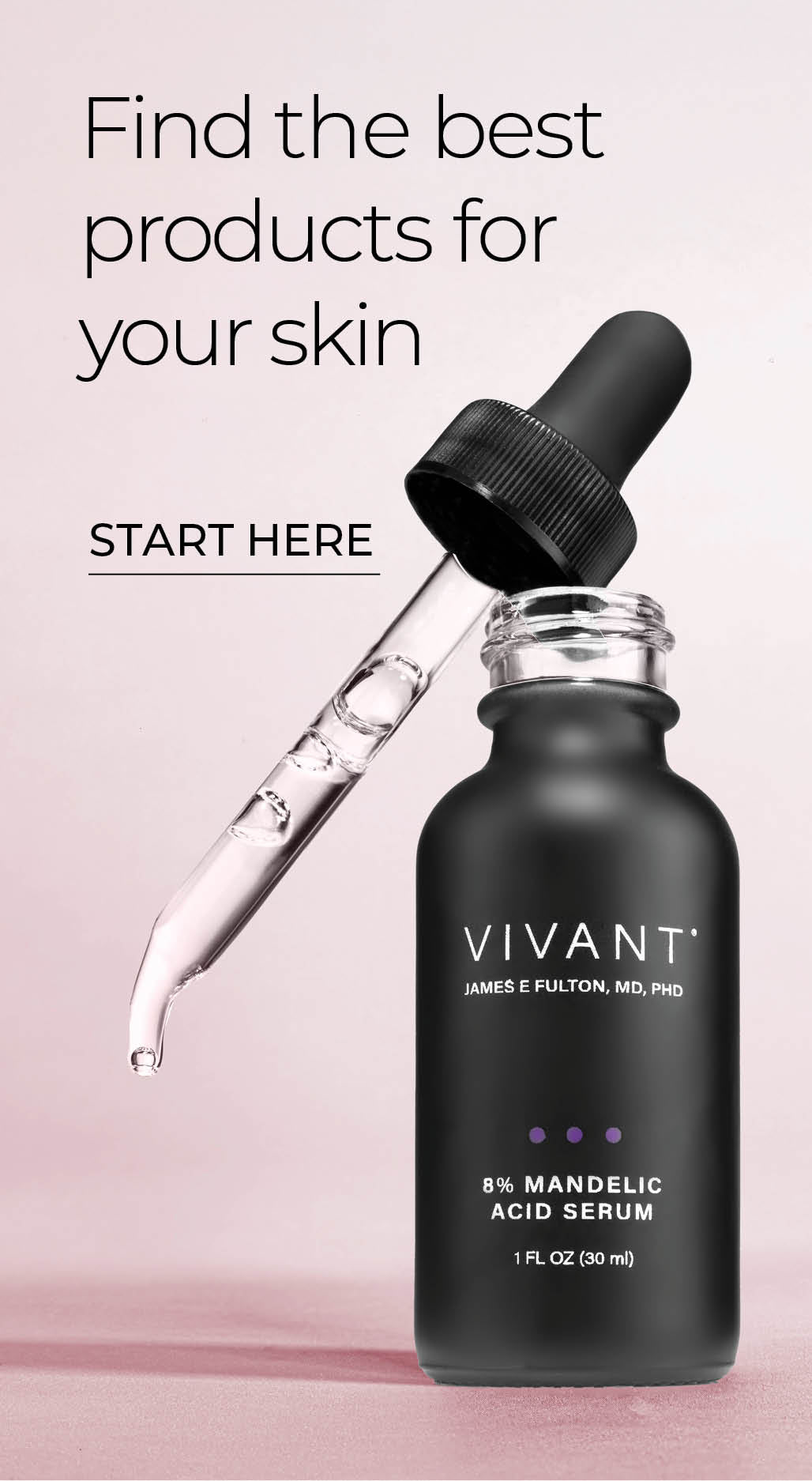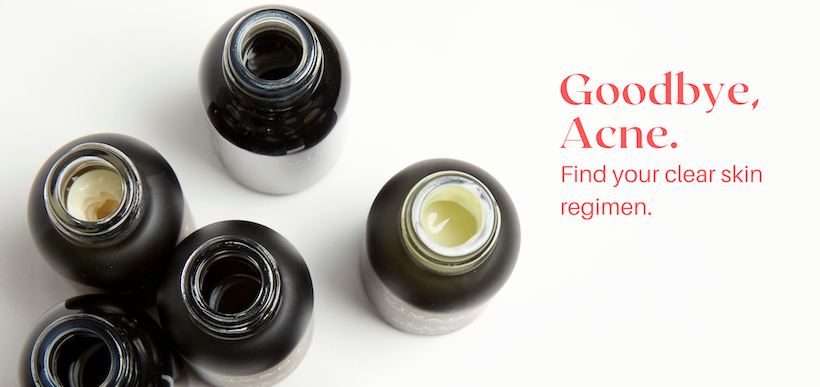Skincare 101: What is Acclimation?

Active ingredients wake up cell function like going from zero to 60. It can take a minute or your skin to figure out what’s going on. While your skin is adjusting, it may behave a little erratically. Mild redness, flaking, and sometimes purging are not uncommon. Welcome to dermatological skincare, where things sometimes look worse before they look radiant.
Here’s everything you need to know about skincare acclimation.
Acclimation is activation.
The average cell turnover cycle is 30 to 45 days. Ingredients like vitamin A (retinoids), alpha hydroxy acids, and benzoyl peroxide accelerate the process, causing cells to slough off more quickly and new cells to come to the surface faster. The appearance of flakiness or redness that accompanies this process is a sign of cellular activation and regeneration. It’s the beginning of improved tone and texture. But don’t worry. It’s only temporary.
Is irritation part of acclimation?
Tingling, mild redness, slight dryness, and flaking are normal. However, if your skin is stinging, if redness is more inflamed than rosy, if skin feels dry and tight, you need to give your skin a chance to catch up. Reduce usage to once every other day and gradually ramp back up to daily use.
Are breakouts part of acclimation?
Accelerating the cell turnover cycle means pimples already forming under the skin get pulled to the surface faster. This purging can make it seem like you’re experiencing a sudden flare, but it’s just the products doing their work. The good news is the breakout will be less severe, over quicker, and less likely to recur.
How long does the skincare acclimation period last?
It depends on the product and your skin. If your skin is already conditioned to active ingredients and you’re just bumping up a level or trying a new product, acclimation may only last a couple of weeks. If you are new to active skincare, it can last up to 45 days.
Does skin become immune to products after it becomes acclimated?
No. The fact that you’re not seeing the same reaction you did initially doesn’t mean that the product has stopped working. Instead, it means your skin has acclimated, and the benefits will continue to accrue.
Should I switch to another product when my skin becomes acclimated?
Once you stop seeing the signs of acclimation, you are in maintenance mode. Your skin is still benefitting and, if you are comfortable with the results you are getting, you can stay at this level to maintain your results. But if you want to push your results farther, it’s time to move up.
Is acclimation necessary for results?
Not all skincare products stimulate an acclimation process in your skin. Dermatological skincare is active therapy that catalyzes biomechanical changes in the skin to improve tone and texture.
Think of the process like a workout. When you go to the gym and feel some soreness the next day, does that make you stop working out? Or do you recognize that as the sign that you are building muscle, getting stronger, and improving your health?
To achieve skincare results, stick to your regimen, push through the acclimation, and embrace the flake. In other words, do the crunches.
How to manage acclimation
When you introduce your skin to new active ingredients or products, you should start slowly to avoid overstimulating your skin. Begin usage every other day and gradually increase to daily application. If your skin feels irritated, drop back to every other day and gradually work up again to daily application.
Not sure if you’re on track? Have product or acclimation questions? Our skincare experts are ready to help. Book a free 15-minute virtual consultation to get all your questions answered!
Recommended Products:


Comments